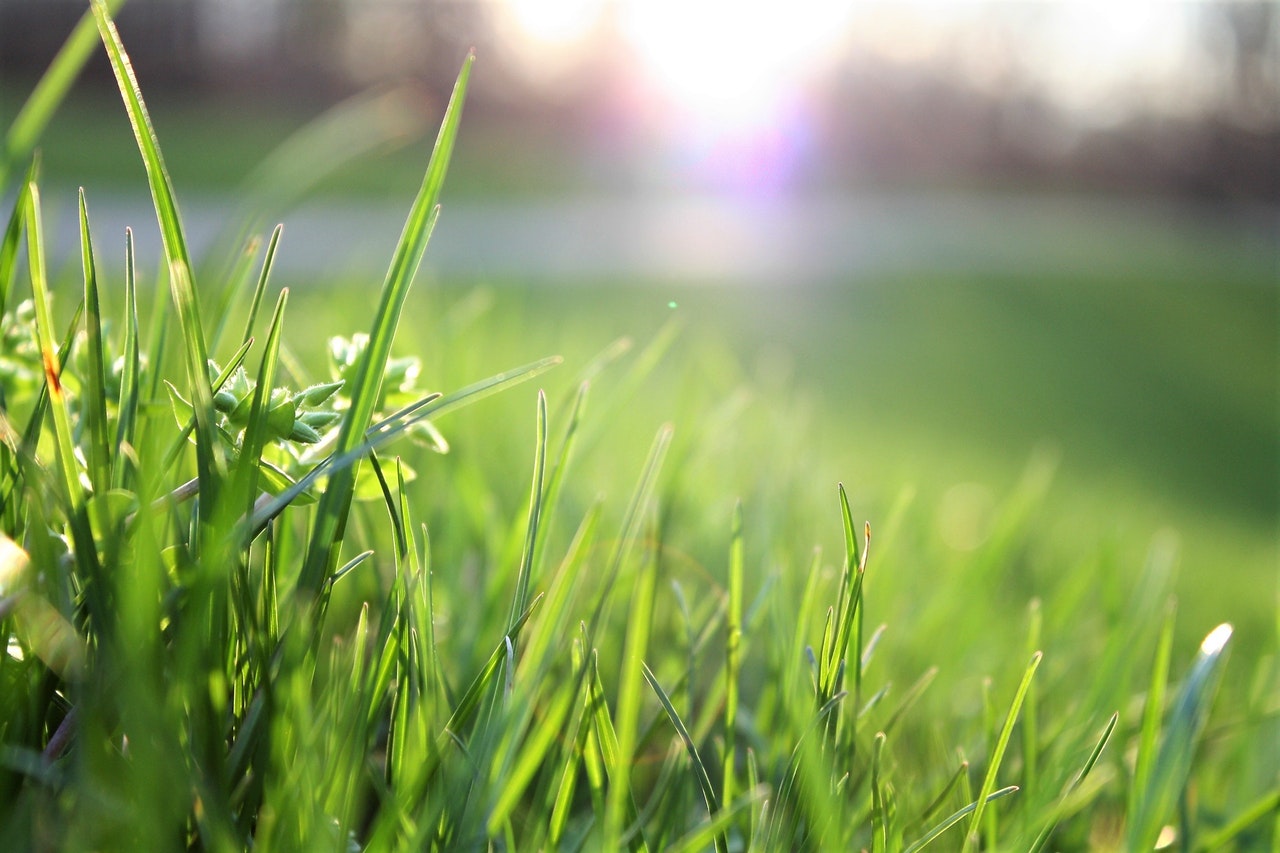
Erosion Control in the UK

Erosion control is the practice of managing the rate and amount of soil erosion by natural processes such as wind and water. In the United Kingdom, erosion control is used to prevent soil loss from agricultural land, to protect riverbanks and coasts from erosion, and to protect infrastructure from damage caused by erosion.
Common erosion control techniques include soil stablisation, hydroseeding, establishing windbreaks, terracing, using erosion control mats, and creating artificial wetlands.
Soil Stabilisation
Erosion control methods include soil stabilisation, which involves adding materials such as gravel and sand to the soil to keep it in place; vegetation, which uses plants to hold soil in place; and structural measures, which use walls, fences, and other structures to slow water flow and keep soil in place.
Soil stabilisation is one of the most common methods used in erosion control. Adding gravel, sand, or other materials to the soil can help reduce the effects of water and wind erosion. The material helps to keep the soil in place and also absorbs some of the energy of the flowing water, reducing its erosive power.
Vegetation is another popular method of erosion control. Plants can help to hold soil in place and reduce the impact of wind and water erosion. Planting cover crops or ground covers can help to slow water runoff from hillsides and reduce the amount of sediment leaving the area.
How can Hydroseeding help Erosion Control?
Hydroseeding can be used to help with erosion control by providing an effective way to establish vegetation on exposed soils. The mixture of seed, mulch, and fertilizers is sprayed over the soil, providing a protective cover that helps to prevent wind and water erosion. The thick vegetation also helps to absorb water, reducing the risk of runoff and flooding. Additionally, the roots of the grass help to hold the soil in place, providing an effective way to combat the effects of erosion.
Artificial Wetlands in the UK
Artificial wetlands are man–made wetlands that are constructed to replicate the natural wetland environment for treating wastewater and stormwater runoff. These systems use natural processes such as filtration, sedimentation, and vegetation to remove pollutants from water. The constructed wetlands are typically shallow ponds with a variety of native wetland plants, such as cattails, bulrush, and sedges.
In the UK they are commonly referred to as as ‘reed beds‘ due to the particular species of wetland plant used in these systems – the Common Reed (Phragmites australis).
Tips for creating a wetland include;
1. Choose an appropriate site: The site chosen should be level, with good drainage and access to water.
2. Design the layout: A plan should be made to determine the size, shape, and depth of the wetland.
3. Construct the wetland: The soil should be prepared and the wetland area should be lined with plastic, clay, or other waterproof material.
4. Plant the wetland: Plants should be chosen that are native to the area and can thrive in a wetland environment.
5. Monitor the wetland: Regular monitoring should be done to ensure the wetland is functioning properly and providing appropriate habitat for wildlife.
Make sure you check back soon for more tips on Erosion Control